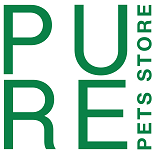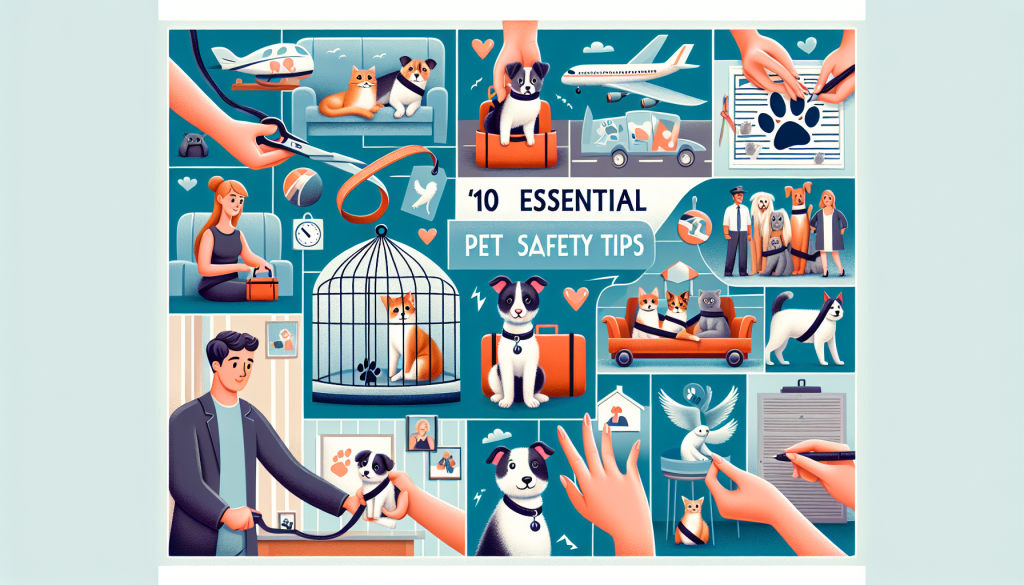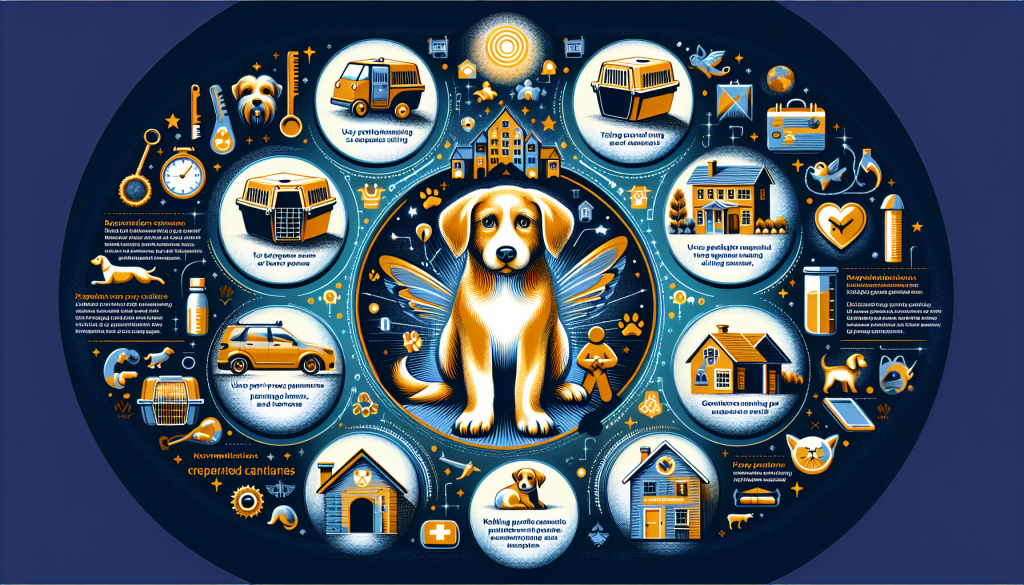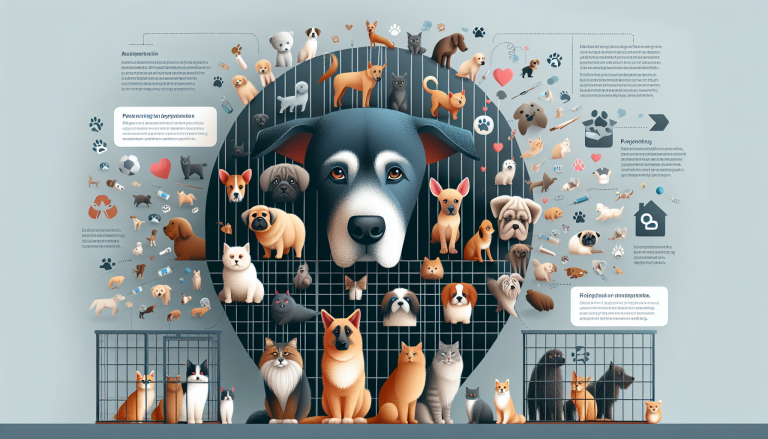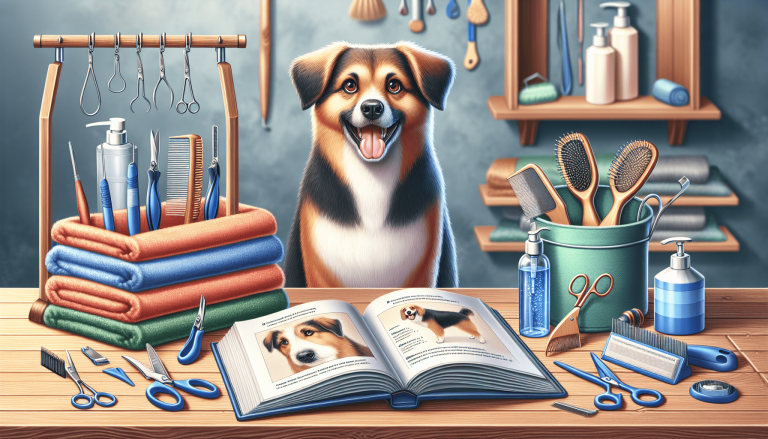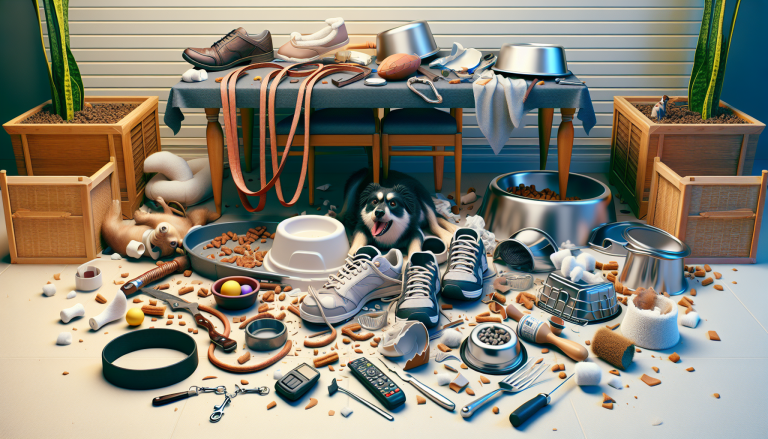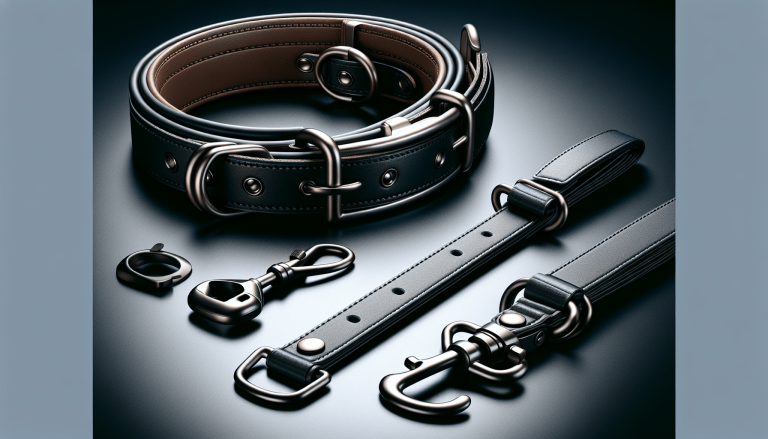Keeping your pet safe and secure is of utmost importance for any pet owner. Whether you have a dog, cat, or any other furry companion, implementing the right safety measures can help prevent accidents or injuries. In this article, we will provide you with 10 valuable tips that are easy to follow and will ensure the well-being of your beloved pet. From proper identification to creating a pet-friendly environment, these tips will give you the peace of mind you need to enjoy a happy and worry-free life with your furry friend.
Table of Contents
Toggle10 Tips for Keeping Your Pet Safe and Secure
1. Supervise Your Pet
It’s important to always keep a close eye on your pet, especially when they are in new or unfamiliar environments. Supervising your pet allows you to quickly identify and address any potential hazards or dangerous situations. Whether you’re at home or out in public, it’s crucial to stay attentive and ensure the safety of your furry friend.
2. Provide a Safe Living Environment
Creating a safe living environment for your pet is paramount. Make sure your home is free of any potential dangers, such as toxic plants, chemicals, or small objects that can be swallowed. Store cleaning products, medications, and other hazardous substances out of your pet’s reach. Additionally, secure loose cords or wires to prevent your pet from chewing on them and potentially getting injured.
3. Keep Your Pet’s Veterinary Care Up to Date
Regular veterinary care is essential for your pet’s overall well-being and safety. Schedule annual check-ups to ensure your pet is in good health and up to date on vaccinations. Your vet can also provide preventive treatments for parasites, such as fleas and ticks. By maintaining a consistent veterinary care routine, you can catch any potential health issues early on and prevent them from escalating into serious problems.
4. Ensure Proper Identification
Proper identification is crucial in case your pet ever goes missing. Ensure your pet has a collar with a clear identification tag that includes your contact information. In addition, consider microchipping your pet, which provides a permanent form of identification. Make sure to update your contact information with the microchip registry if you change your address or phone number. These identification methods greatly increase the chances of being reunited with your beloved pet if they ever become lost.
5. Safely Transport Your Pet
Whether you’re taking your pet to the veterinarian, going on a road trip, or even just a short outing, it’s important to properly secure them during transportation. Use a sturdy crate or carrier that provides enough space for your pet to stand, turn around, and lie down comfortably. Secure the carrier with a seatbelt or place it on the floor of your vehicle to prevent any accidents or injuries. Never leave your pet unattended in a parked car, as temperatures inside a vehicle can quickly become life-threatening.
6. Be Mindful of Household Hazards
Your home may hold hidden hazards for your pet. Keep potentially toxic substances, such as cleaning products and certain houseplants, out of your pet’s reach. Be cautious with foods that are harmful to animals, such as chocolate, grapes, and onions. Ensure that any small objects, such as buttons or coins, are stored safely away from your pet’s curiosity. Being mindful of these household hazards can significantly reduce the risk of accidents or poisoning.
7. Practice Safe Outdoor Activities
When enjoying outdoor activities with your pet, it’s crucial to practice safety measures. Always keep your pet on a leash to prevent them from wandering off or getting into dangerous situations. If you’re visiting a park or beach, make sure it’s pet-friendly and that your pet is allowed to be off-leash in designated areas. Consider using a reflective collar or a harness with reflective strips for added visibility during walks, particularly at night. Remember to clean up after your pet to maintain a clean and safe environment for everyone.
8. Protect Your Pet from Extreme Weather
Extreme weather conditions can pose serious risks to your pet’s safety. During hot weather, ensure your pet has access to shade and plenty of fresh water to avoid heatstroke. Avoid walking your pet on hot pavement, as it can burn their paws. In cold weather, provide adequate protection such as a sweater or booties to keep your pet warm and prevent frostbite. Adjust your outdoor activities according to the weather conditions and always prioritize your pet’s comfort and safety.
9. Secure Your Home and Yard
Creating a secure environment within your home and yard is crucial to prevent your pet from escaping or encountering potential dangers. Ensure that all doors, windows, and fences are properly secured to prevent any escape attempts. If necessary, consider using pet-proof latches or gates to restrict access to certain areas that may pose a threat to your pet’s safety. Regularly inspect your yard for any potential hazards, such as holes in the fence or toxic plants, and address them promptly to maintain a secure environment.
10. Keep an Eye on Your Pet’s Behavior
Your pet’s behavior can often provide early indications of potential health or safety issues. Pay close attention to any changes in their eating habits, energy levels, or bathroom routines. Monitor their interactions with other animals and observe any signs of aggression, fear, or discomfort. It’s important to address any concerning behavior promptly and consult with your veterinarian if necessary. By being proactive and attentive to your pet’s behavior, you can ensure their safety and well-being.
By following these 10 tips, you can create a safe and secure environment for your beloved pet. Remember, the key is to stay vigilant, provide proper care, and be proactive in identifying and addressing any potential risks. With your dedication and attention, you can keep your pet safe, healthy, and happy for years to come.
